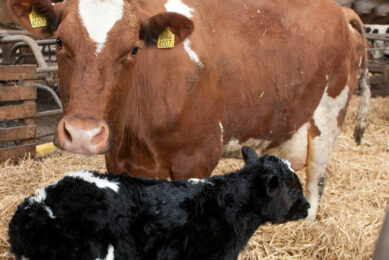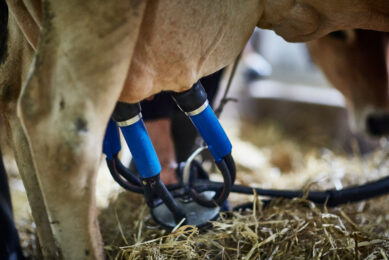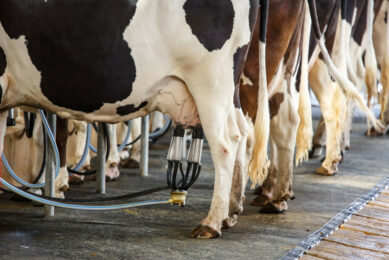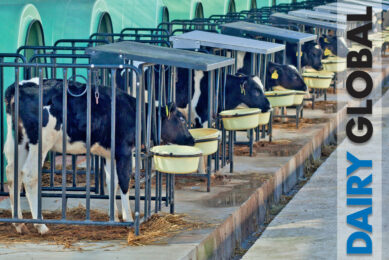Calving difficulty influences lameness and milk composition
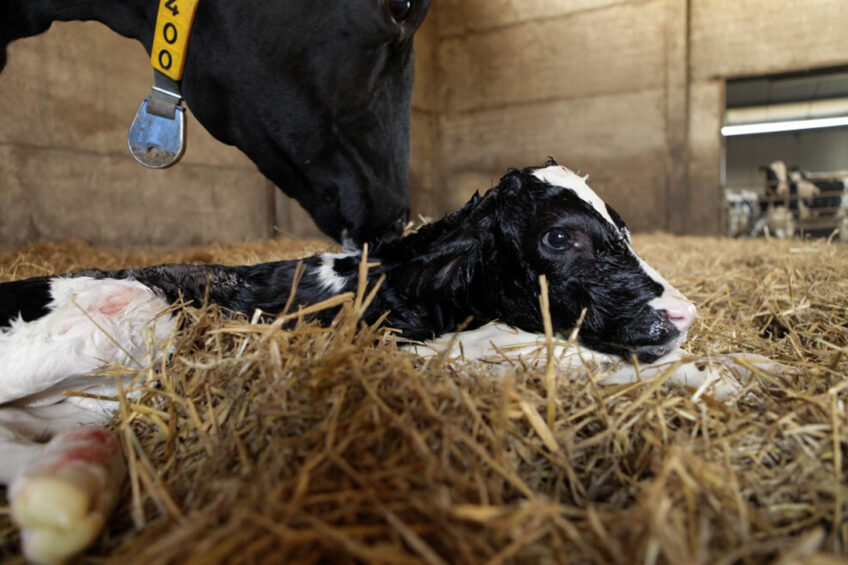
Calving difficulty is one of the major causes of calf death at or shortly after birth which results in uterine infections and retained placentas, as well. This article will discuss the effects of calving difficulty on the lameness status of calves and dams and milk quality traits after calving.
Calving difficulty or dystocia is abnormal or difficult birth at any stage of labour with direct negative impacts on calves and dams. In addition, calving difficulty leads to prolonged hypoxia, significant acidosis, and increased stillborn rate in calves, and in dams it results in health complications such as trauma, paresis, metritis, and endometritis after calving, affecting productivity, welfare, and profitability. Economic losses are due to calf or dam mortality, decreased milk yields, reduced fertility, and increased labour and veterinary costs.
Calving difficulty or dystocia is described as a prolonged spontaneous calving that decreases calf viability, leads to dam injury, and needs prolonged or severe assisted extraction. The global incidence of calving difficulty varies between 2% and 23%. Failure in one or more of the following mechanisms of calving cause calving difficulty: expulsive forces, birth canal adequacy, and foetal size and position.
Causative factors of calving difficulty are characterised as immediate, intermediate, and ultimate. Immediate causes include disproportion between foetus and dam pelvis, abnormal foetal position, uterine inertia, vulval or cervical stenosis, and uterine torsion. Intermediate causes consist of gestation length, foetal oversize, birth canal undersize, low blood calcium, low blood magnesium, and parturient stress. Ultimate causes comprise foetal gender, multiple foetuses, foetal abnormalities, sire and dam breed, parity, previous history of calving difficulty, age, season, nutrition, exercise, disease, herd size, region, and their interactions.
Impacts on lameness
Studies demonstrated that the incidence of lameness is higher in cows with calving difficulty. During calving, changes in the pelvic ligaments allow the calf to be born more easily; however, these changes affect dam legs and hooves and enhance the risk of developing clinical lameness. In addition, calving assistance errors lead to dystocia-related injuries resulting in lameness in both calves and cows. Furthermore, calving is considered a trigger for lameness occurrence in the early stages of lactation. Stress caused by physiological alterations, social variables, and changes in housing increase the risk of lameness incidence in the transition phase around the time of calving.
In pre-calving, cattle non-inflammatory changes in the connective tissue of the corium (the part of the hoof that produces the new hoof growth) weaken the resilience to external stressors and increase the chance of lameness occurrence.
Impacts on milk composition
The pain and severe discomfort due to lameness affects the lying and rising behaviour of cows; thus, they spend more time lying down which increases the risk of mastitis incidence in cows particularly caused by Staphylococcus aureus and Staphylococcus agalactiae.
In addition, calving difficulty reduces milk protein, fat and lactose and increases somatic cell counts which are helpful markers for monitoring and diagnosing subclinical and clinical mastitis. The changes in milk protein, fat and lactose are due to stress, pain, increased oxidative agents and poor absorption and assimilation of various nutrients from the daily food.
On the other hand, an increase in calving difficulty score (a 4-point scale system), is associated with a decrease in the average productivity of cows. Research indicates that the milk quality is better in non-lame fresh dairy cows 30 days post-calving without calving difficulty due to lower stress levels.
Calving difficulty is linked to lameness occurrence and impacts milk quality traits in dairy cows. Research shows that lameness occurs in 3.88-5.92% of cows with calving difficulty and in 0.27-2.37% of cows without calving difficulty. In addition, severe lameness is more prevalent in cows with calving difficulty.
Calving difficulty substantially decreases the standard milk yields, milk fat, protein, and lactose, and increases somatic cell counts in dairy herds. It is notable that the interaction between calving difficulty and cow health significantly affect all milk quality traits, except for milk urea. Therefore, decreasing the incidence of calving difficulty and proper dystocia management will reduce the incidence of lameness and improve milk quality.
Join 13,000+ subscribers
Subscribe to our newsletter to stay updated about all the need-to-know content in the dairy sector, two times a week.



